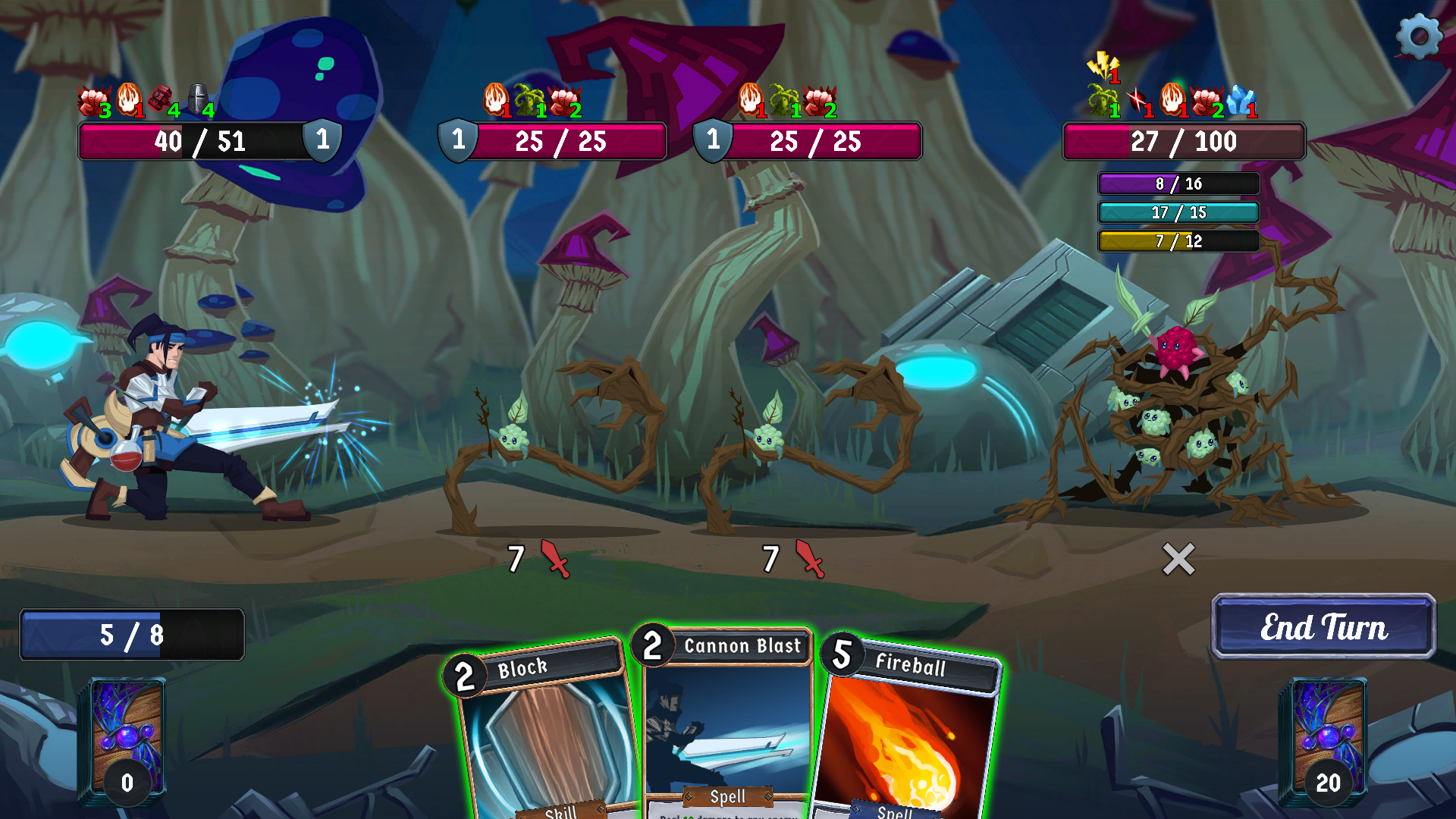
Instead, he opted for another solution, and that was to take the strengths of his interceptors and bestow them upon a space superiority fighter.

Seeing the versatility of Rennan Cooper's Valkyrie Program, Knight knew that the interceptor concept would not stand the test of time. The Knight-class Interceptors entered mass production in 2377, and since then, Director James Knight began working on a new project. The Interceptors were first to engage if a territory was compromised, and they held their own by making deadly, quick passes. This was so starships and superiority fighters could get there slightly later but with more weapons and higher maneuverability. Their role was to get somewhere quickly and tie up the enemy ships in large numbers and hard, synchronized strikes. While the Valkyries held a Space Superiority Role and served their purpose in prolonged engagements, the the line of warp interceptors were built for speed and carried somewhat less ordnance. It was the Interceptor Program led by Lieutenant Commander James Knight. While the Valkyrie program - mainly under Rennan Cooper's direction - was a success, there was a competing development program led by the Advanced Starship Design Bureau which focused on territorial defense and the interception deployment of small crafts. White became the chosen color for the department, and the admirals that rode this project into history became the core of the Aerospace Command. They accepted only the highest scoring Conn or fight-trained Security or Tactical Cadets, and then dealt them another year of training in the fields they lacked from their Academy training. The original score of 400 personnel - the fleets new Tactical CONN officers - served as the foundation for a new and more organised department for fighter pilots. It was the only way, they assumed, to ensure the fleet used the correct pilots for these fighters. By 2381, these fighters were still being deployed in fairly limited numbers - shuffled around the fleet.Īnother development at the time was a group of influential admirals in the fleet demanded to form a new department that hand-picked the Conn officers with the most tactical training.
#Corebreach demo full#
In learning that a full squadron of Valkyries would still require a lot of support from for engagements of a Dominion-War level threat, Starfleet deemed that the attack fighter needed an upgrade. Initially, the design proved successful, with a high survival rate matching the heavy fire power available to bring down larger ships. They were initially designed as a carrier-based fleet engagement craft. These fighters were assigned to the USS Typhon (TNG game: Star Trek: Invasion). The year 2375 - after the conclusion of the Dominion War - the AC-205 Mk I Valkyries were deployed. The formation of ] was heavily influenced by the successful deployment of Peregrine-class fighters aboard the starships serving as carriers in the fleet. The Valravn-class Warp Fighters were the kind of crafts that were commissioned to USS Orcus, and the 20 crafts were the only ones assembled. They could strike fast, hard and then regroup for another pass if so necessary, and like traditional space superiority fighters - like the Valkyries - their high maneuverability could also hold their own in a dogfight. The Valravn were capable of fast response, territorial defense, but also prolonged engagements. This, because it was the perfect combination between an space superiority fighter and a fast response interceptor.

With origins in the Interceptor Program, this fighter was designed to make the interceptor role in Starfleet obsolete. This was the first iteration of the Valravn-class Warp Fighter.

Power cells (for the pilot's exosuit's hand phaser as well as the rifle stored in the cockpit).Type B Bio-Neural Geldisk FTL Computer Core.Pulsed Amoena Mk II RCS Thruster Assembly.11.1cm Type II Ablative Hull Armor (11.5cm OCP).(x2) RF Mk II Micro Torpedo Launcher Arms (70-round 30cm Microtorpedoes each).(x4) Type VIII Phaser Arrays (2 forward & 2 aft).No Pulse Phaser Cannons (Emitters instead).


 0 kommentar(er)
0 kommentar(er)
